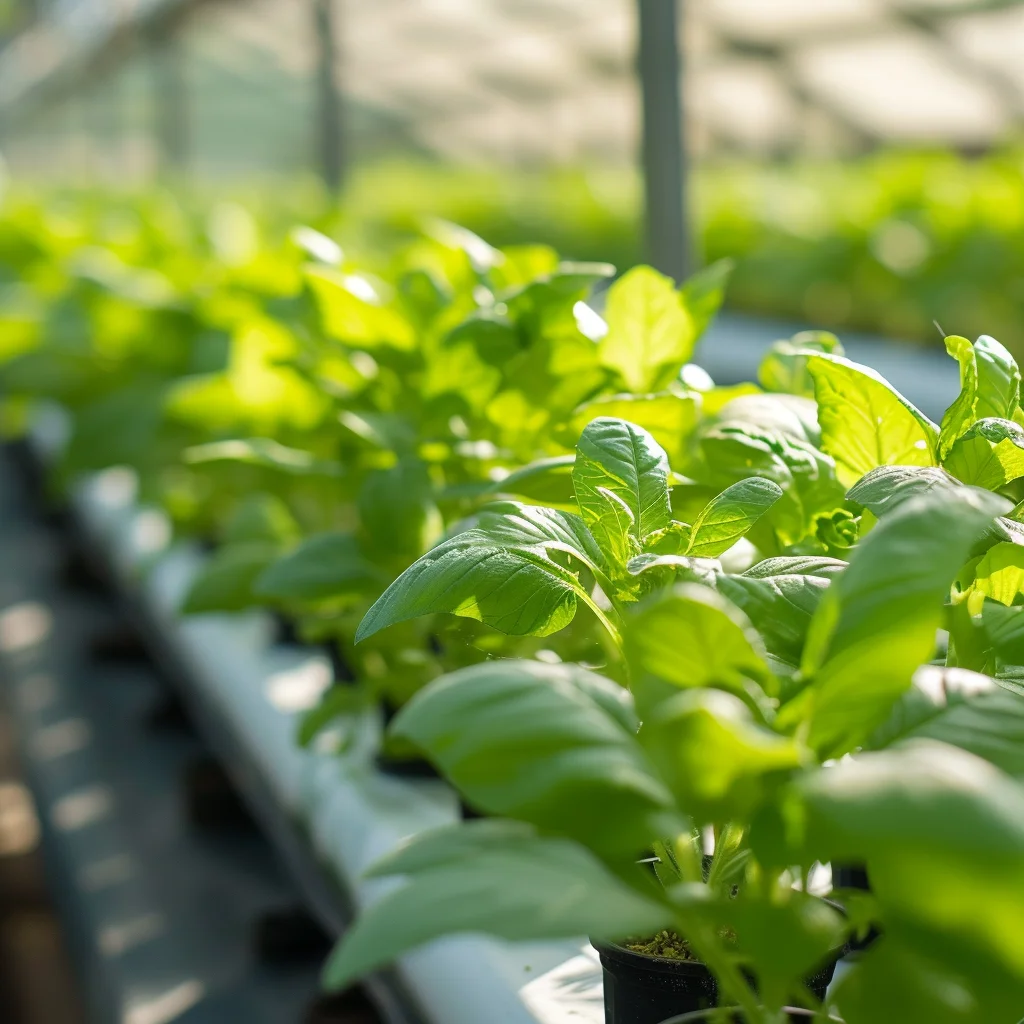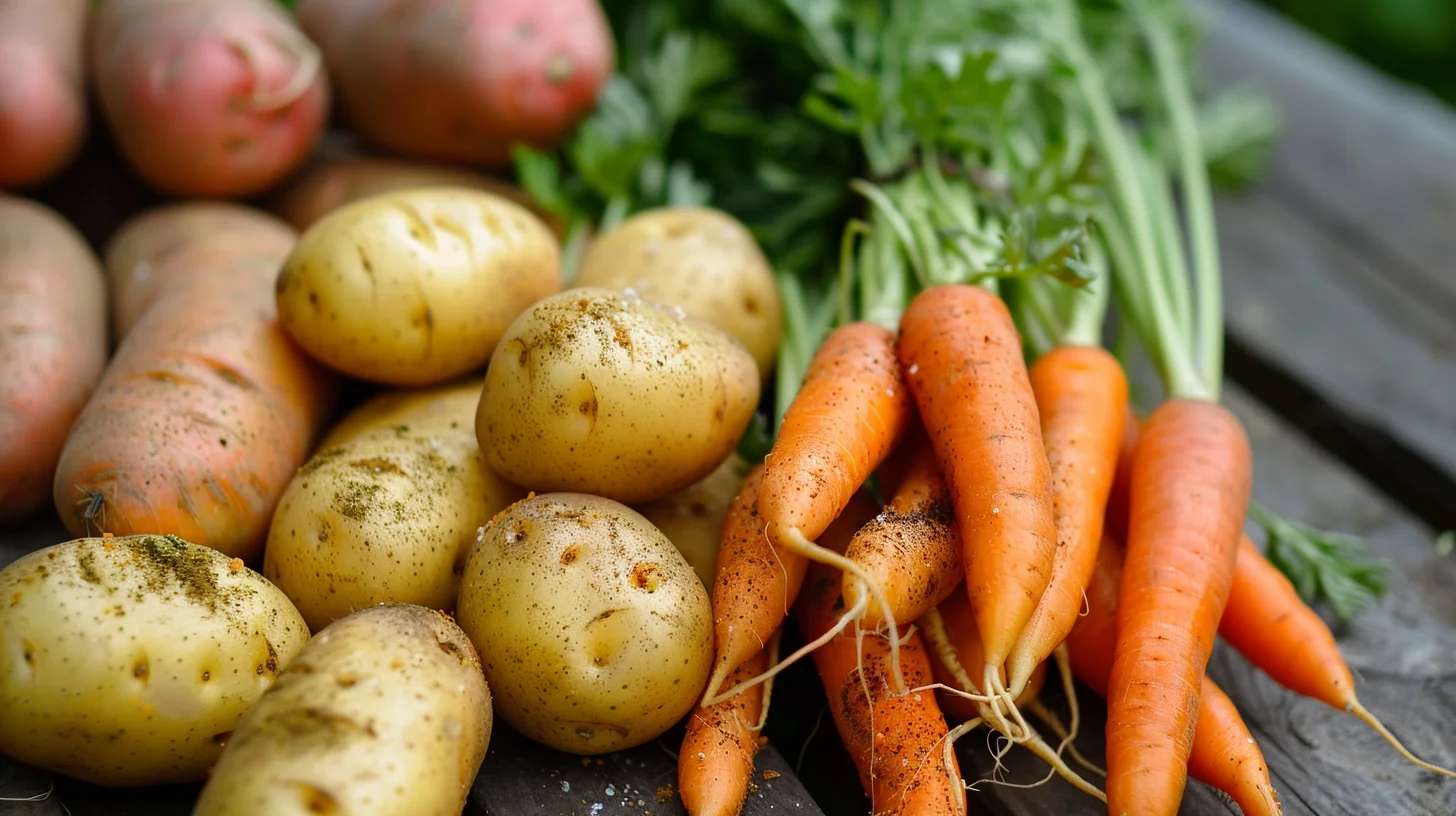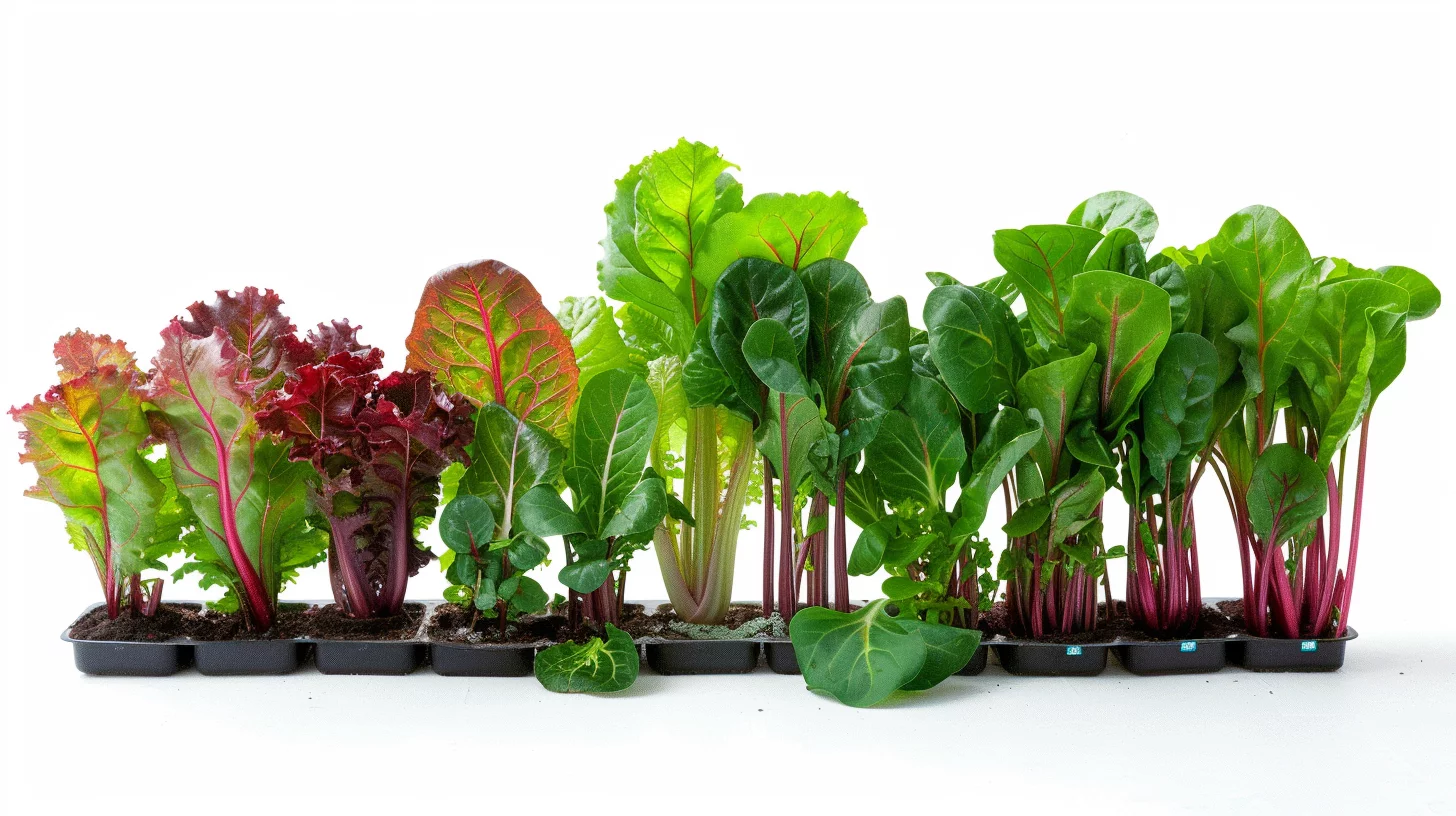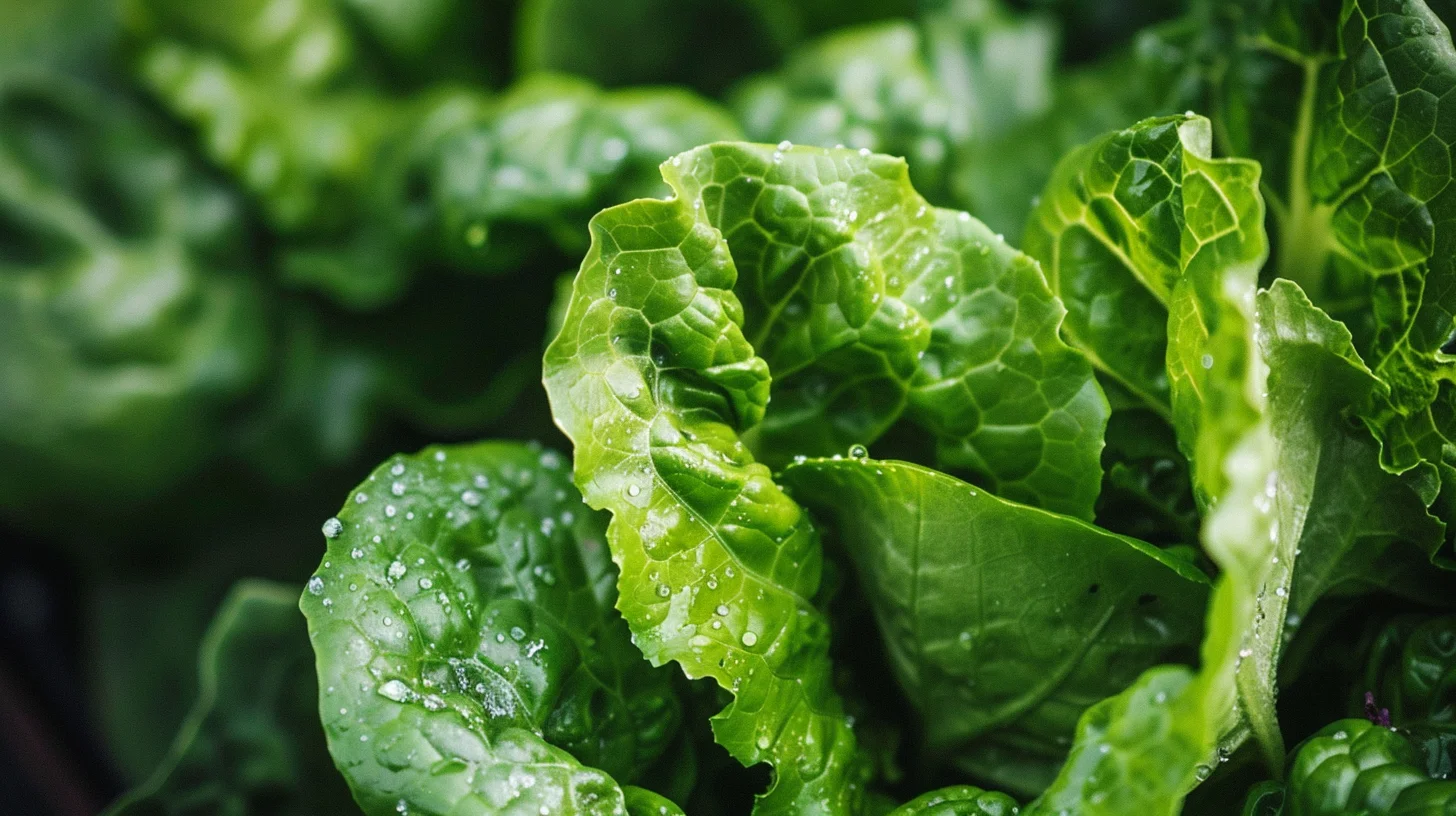Table of Contents
Hydroponic produce has risen in popularity in recent years. However, there is an ongoing debate about whether fruits and vegetables grown without soil can be certified organic. This article as the title suggest “Is Hydroponic Produce Considered Organic?” will examine the key differences between hydroponic and traditional farming, look at the criteria for USDA organic certification, and explore the arguments on both sides of this issue.
What is Hydroponic Farming?
Hydroponics is a method of growing plants without soil, using mineral nutrient solutions in water. The plants’ roots are suspended in an inert medium like perlite, gravel, or coconut coir while the nutrient solution circulates past the roots. There are several types of hydroponic systems:
- NFT (Nutrient Film Technique) – Plants are placed in channels while a shallow stream of nutrient solution runs along the bottom. This is one of the most popular systems, ideal for lettuce, herbs, and other leafy greens.
- Drip systems – Nutrient solution is dripped right onto the roots using a timer, pump and emitters. Drip systems help avoid disease by keeping leaves dry. Tomatoes, peppers, cucumbers, and strawberries thrive with this controlled feeding.
- Aeroponic systems – Plant roots are misted with a nutrient solution. Aeroponics is known for fast growth but requires more energy and equipment. Lettuce, tomatoes, herbs, and beans grow well this way.
- Deep Water Culture – Just the roots grow in the nutrient solution while the shoots grow above. Simple and low cost, great for greens, tomatoes, and cannabis.
- Ebb and Flow – Nutrient solution periodically floods the grow tray then drains. Suitable for a variety of veggies and herbs.
Other hydroponic systems include vertical farming, wick systems, and passive sub-irrigation planters. Growers can choose different setups based on factors like crop type, climate, space, budget, and more.
Hydroponics allows plants to grow up to 50% faster than in soil. The enclosed environments mean higher yields per square foot and less water wasted through runoff or evaporation. Growers have more control over nutrients and can avoid soil-borne diseases. Hydroponic farms can produce year-round in any climate since conditions are optimized inside greenhouses.
While hydroponics requires more equipment and energy than soil farming, it conserves water and land resources. NASA and Disney have used hydroponics for years to produce fresh food in limited spaces. With global population rising, many see soilless indoor farming as key to the future self-sufficiency and food security.
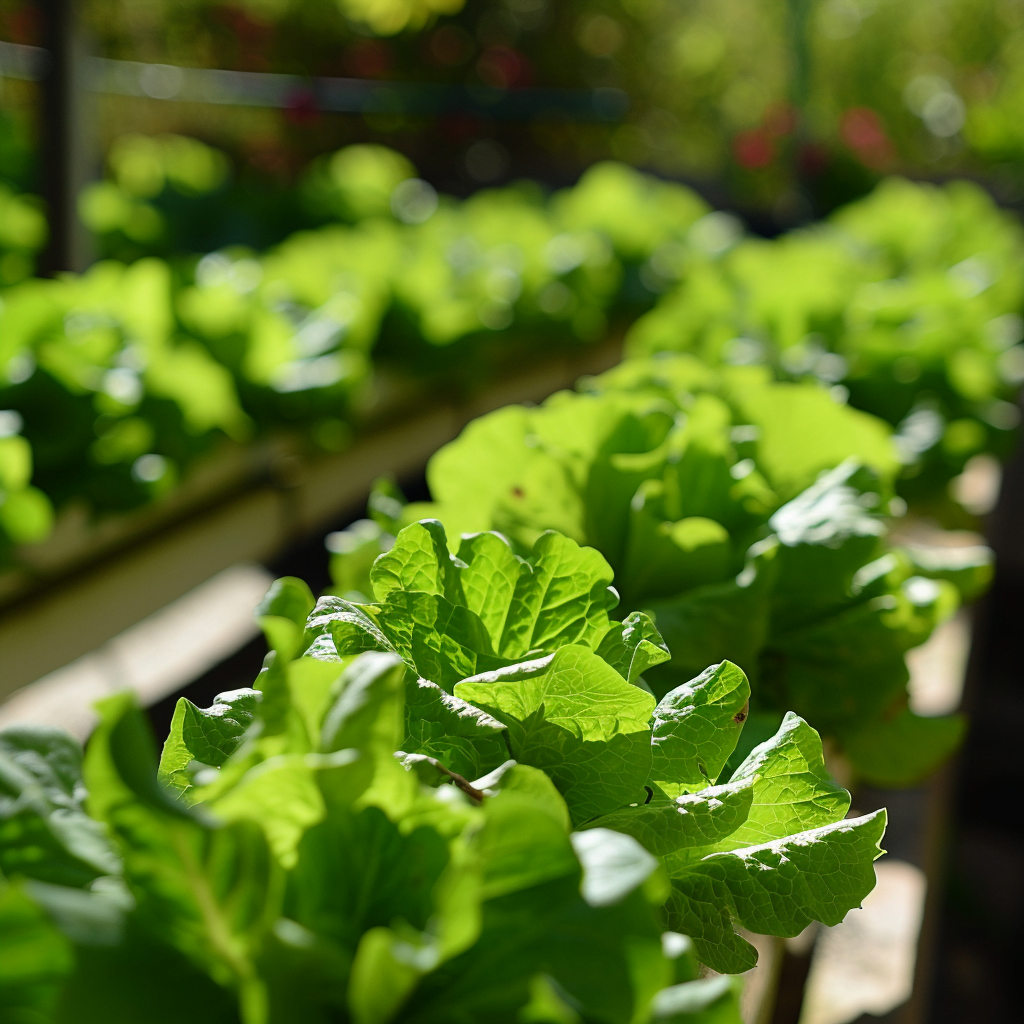
How Does Hydroponics Differ from Traditional Farming?
There are some clear differences between hydroponic operations and traditional soil-based farms:
- Growing Medium – Hydroponics does not use any soil, only inert mediums like perlite, vermiculite, coconut coir, gravel, or rock wool. Soil farming relies on healthy, fertile soil full of nutrients and microbes.
- Water – Hydroponics uses precisely formulated nutrient solutions in water. Soil farming relies on natural rainfall or irrigation and letting soil retain moisture.
- Nutrition – Hydroponic nutrient solutions are combinations of minerals like nitrogen, phosphorus, potassium, calcium, magnesium, sulfur, iron, manganese, boron, zinc, copper, and molybdenum. Traditional farming uses natural fertilizers like compost, animal manure, cover crops and crop rotation to enrich soil.
- Environment – Hydroponic systems are enclosed in greenhouses or other structures. Soil farms exist outdoors and are subject to variable weather conditions like sunlight, rainfall, wind, and temperature.
- Plant Density – Hydroponics allows higher density planting, smaller spacing between plants, and vertical stacking. Soil-based farms have lower plant density limited by soil nutrition and competition between plant roots.
- Grow Cycles – Hydroponics can support multiple crop cycles per year by optimizing conditions year-round. Soil farms usually have a single grow season determined by regional climate.
- Labor – Hydroponic systems require specialized equipment maintenance and monitoring of nutrient solutions. But less time is spent on tasks like weeding, plowing, and managing pests.
- Land Use – Hydroponics makes extremely efficient use of space with vertical farms equivalent to dozens of acres of conventional farmland. Soil-based agriculture requires large tracts of arable land.
Organic Certification Criteria and Standards
In the United States, the USDA’s National Organic Program (NOP) defines the standards for organic certification. Farms have to avoid using prohibited substances like synthetic pesticides and fertilizers for 3+ years before certification. Key criteria include:
- Soil Management – Maintaining or improving soil health through crop rotation, cover crops, tillage practices, on-site composting, etc.
- Allowed Materials – Using only approved natural forms of crop fertilization, pest, weed, and disease control. Prohibited are GMOs, sewage sludge, irradiation, and synthetic compounds.
- Record-Keeping – Detailed records of growing practices, inputs, yields, sales, etc. that demonstrate compliance over time.
- Testing – Annual soil and tissue tests for nutrients and contaminants.
- Oversight – Annual on-site inspections by USDA-approved certifying agents who can conduct residue tests.
- Traceability – Strict handling procedures to keep organic crops segregated and traceable from seed to point of sale.
Farms must meet every one of these standards and renew certification annually in order to market products with the USDA Organic seal. This verification system aims to ensure quality, integrity and transparency for consumers who pay premium prices for organic produce.
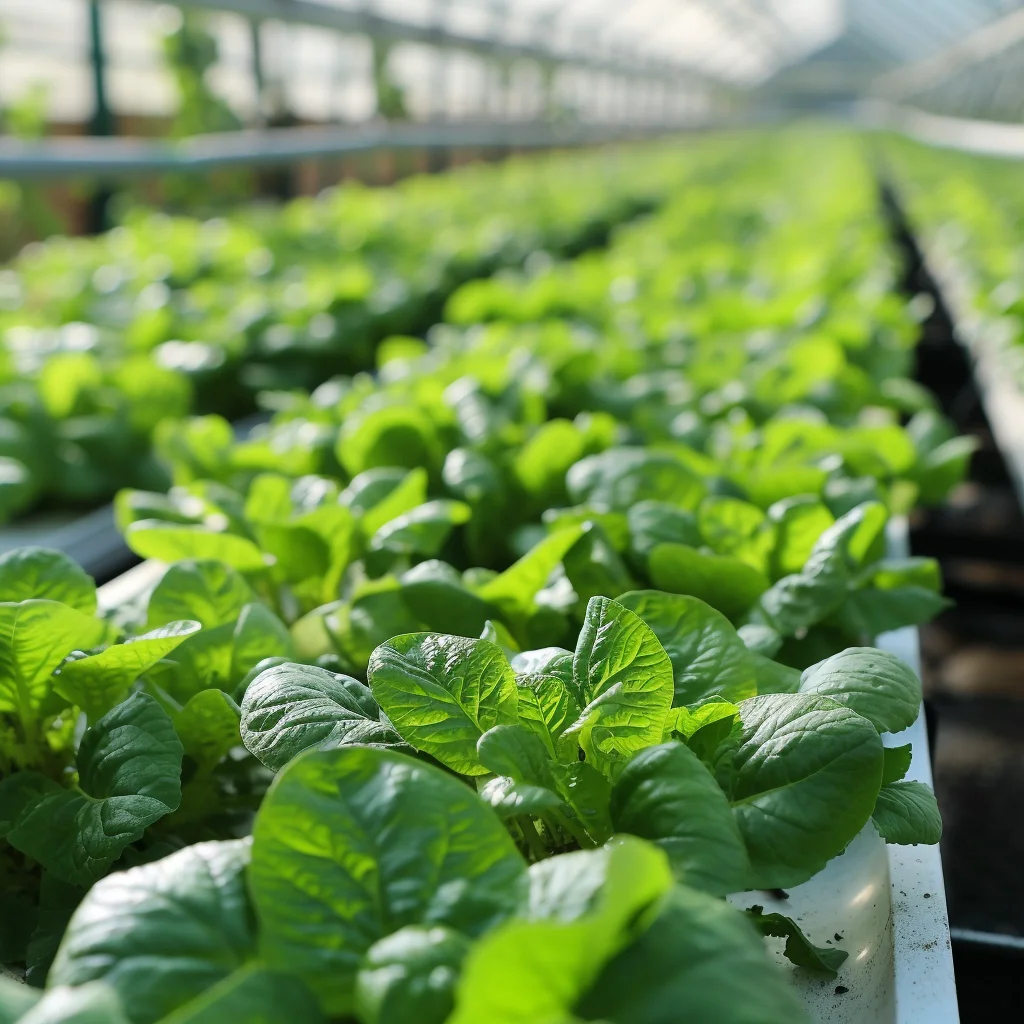
Debate Over Hydroponics and Organic Label
The question is whether hydroponic operations can qualify for organic certification under the NOP when they do not use soil. Here are some key points raised in the debate:
Arguments Against Hydroponic Organic Certification:
- Hydroponics goes against the core soil management principles of organic farming. Healthy soil is seen as vital to ecological balance and cannot be replaced by inert media combined with liquid nutrients.
- The formulated nutrient solutions are essentially synthetic fertilizers, even if derived from natural ingredients like fish meal or plant materials. Organic principles emphasize on-farm production of soil fertility.
- Higher density planting and greater yields per acre are more industrialized rather than mimicking nature. The value of organic is growing food in sync with natural cycles, not maximizing production.
- Allowing hydroponics undermines consumer trust in the meaning of the organic label. Shoppers assume organic means grown in soil without synthetic compounds.
Arguments Supporting Hydroponic Organic Certification:
- Hydroponically grown plants are not exposed to prohibited pesticides, GMOs, sewage, or irradiation so they align with the essence of organic.
- By avoiding soil, hydroponics eliminates risks of soil erosion, nutrient runoff, heavy metal accumulation, and soil-borne diseases. This protects the environment.
- The formulations used in hydroponic systems can be derived from natural materials like fish emulsion, compost, or plant-based ingredients. The final solutions contain only allowed materials.
- High-tech hydroponic farms require greater precision and monitoring of inputs compared to soil farms. This leads to lower risk of contamination.
- Consumers are more concerned that organic produce is pesticide-free and nutritious. The growth medium itself is secondary to the end product’s quality and safety.
- As long as hydroponic farms use only approved organic fertilizers, they uphold the principles of organic agriculture.
In 2020, the NOP updated its regulations to officially permit hydroponic systems to be certified organic as long as they use only allowed fertilizer inputs. But the debate continues on whether this undermines consumer trust in the meaning of organic. Powerful advocacy groups have called for restricting the organic label to soil-grown produce only.
Hydroponic Produce – As Healthy and Nutritious as Organic?
Multiple research studies have compared the nutritional content of hydroponically grown produce versus soil-grown organic produce. The results showed very little difference between the two:
- Lettuce – Equal amounts of vitamins, minerals, antioxidants like lutein and beta-carotene, and phytonutrients such as flavonoids.
- Tomatoes – One study found more vitamin C, carotenoids, and phenolic content in organic. But another found conventionally greenhouse-grown tomatoes had higher antioxidants than organic or hydroponic.
- Strawberries – No significant differences detected in sugars, acids, vitamins C and B9, polyphenols, flavonoids, anthocyanins.
- Spinach – Hydroponic spinach had higher nitrate content but still within safe levels. This is because hydroponics can precisely control nitrogen. Organic relies on slower-release forms of N.
- Peppers – No differences found between organic and hydroponic bell peppers in terms of phenolics, carotenoids, vitamins C and B9, antioxidants, minerals.
- Cucumbers – One study found cucumbers grown hydroponically, conventionally greenhoused, and organic all had similar polyphenol, vitamin C and antioxidant levels.
- Blueberries – Research found no significant differences in anthocyanin content between organic and conventional high bush blueberries. Growing method does not affect antioxidants.
- Food Safety – Numerous studies have confirmed hydroponically grown produce has lower detections and residues of pesticides compared to conventional produce. The controlled greenhouse environments do not require pesticide application.
Consumer taste tests have also found little notable difference in flavor when comparing the same produce item grown hydroponically versus organically in soil. In some cases tasters preferred the hydroponic sample for characteristics like sweetness, juiciness, or texture. This suggests factors like ripening time, freshness, genetics, and handling practices may influence taste and quality more than the growing method alone.
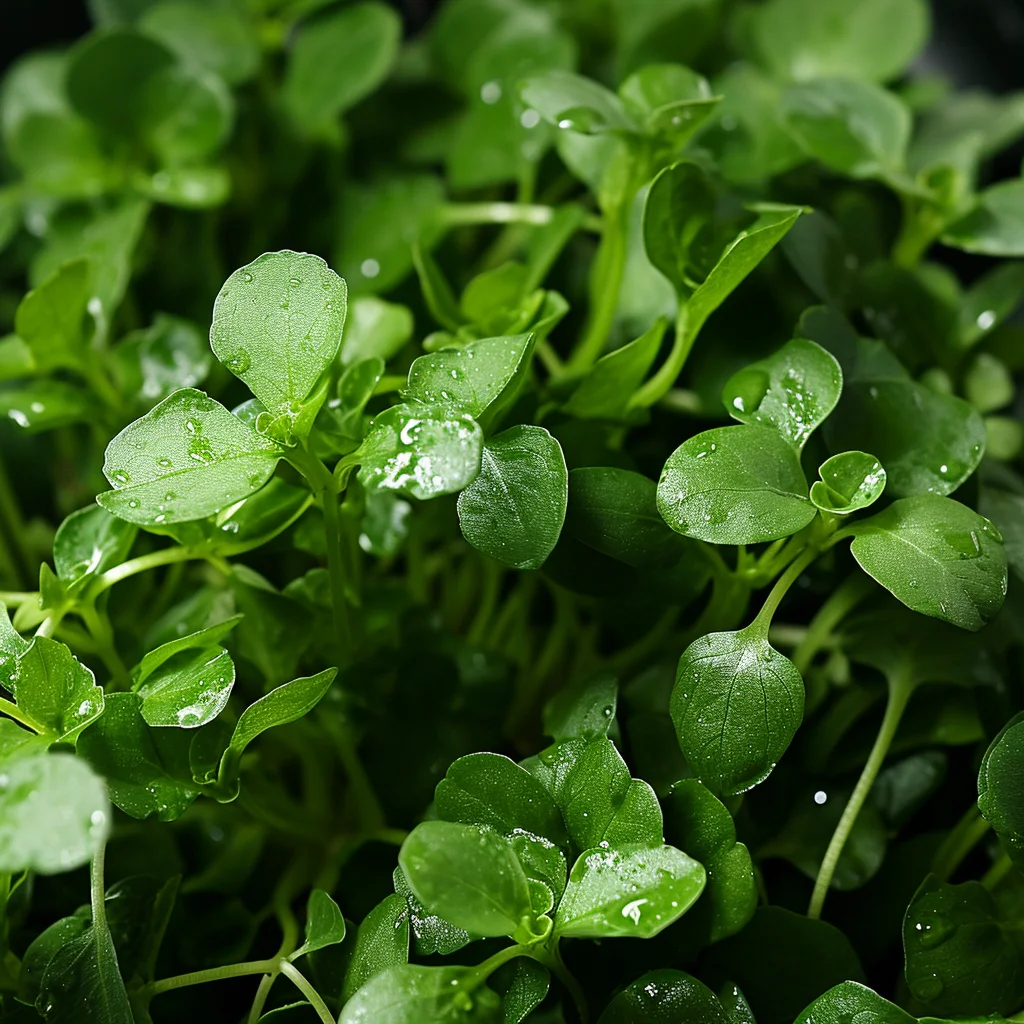
Is the Debate Slowing Adoption of Hydroponics?
Despite the evidence that hydroponics can produce safe, nutritious fruits and vegetables, the debate over organic certification continues to cause issues for soilless growers.
- Marketing Difficulties – Without the official organic seal, hydroponic producers cannot command the premium prices organic gets even though the product is often comparable.
- Consumer Confusion – Contradictory messages about whether hydroponics qualifies as organic makes consumers distrustful. Retailers are reluctant to carry unlabeled hydroponic produce.
- Investment Impediment – Large supermarket chains want the organic label before considering purchasing hydroponically grown vegetables. Without that market access, it is harder for hydroponic farms to secure financing and expand.
- Exclusion from Organic Programs – Hydroponic farms cannot qualify for organic industry promotions, grants for transitioning farmland, and organic farming education programs.
- Stunted Innovation – The lack of R&D funding slows development of organic fertilizer formulas tailored for hydroponics. Current conventional formulations are optimized for soil.
However, independent hydroponic growers selling direct through farmers markets and CSAs generally do not face the same obstacles. The ability to communicate production methods directly with consumers offsets the lack of a USDA label. Locavore movements and farm-to-table demand create markets for hydroponics based on freshness and sustainability rather than certification status.
The Future of Hydroponic Organic Controversy
How might this debate evolve in coming years? Some possible directions include:
- The USDA revises NOP rules again to prohibit hydroponic certification, appeasing organic purists but angering existing certified hydroponic producers.
- The organic industry splits with two competing eco-labels: “Organic-Soil Based” for traditionalists and “Organic-Hydroponic” for the broader inclusion camp.
- The USDA develops an additional sustainability certification like “Carbon-Neutral Produce” that includes criteria for water, energy and land use efficiency. This distinguishes high-tech hydroponics.
- Consumer awareness of local food systems and on-farm practices makes labels less important. More consumers simply ask how their produce was grown.
-advances in organic nutrient formulas tailored to hydroponics make the debate less about inputs. Improved greenhouse automation addresses labor issues.
The debate over soil-grown versus hydroponic organic produce involves issues of philosophy and principles more than measurable differences in nutrition or safety. But the rise of large-scale indoor urban agriculture means hydroponics will continue disrupting traditional notions of farming. Finding the right regulatory balance to accommodate both models is key to the evolution of sustainable agriculture.
Conclusion
The debate over whether hydroponic farming aligns with the principles of organic agriculture will likely continue. But the research shows hydroponically grown fruits and vegetables can be just as nutritious, flavorful, and safe as organically certified options. For many consumers, the end product is more important than strict adherence to the definition of organic. The rise of soil-less indoor farming provides more local, sustainable options which will continue shaping the future of food production.
